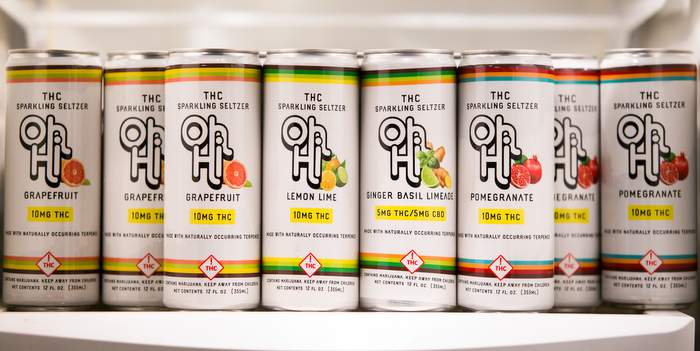
The most revelatory beverage we tried while in Denver for the Craft Brewers Conference and BrewEXPO was not a beer. We were among the first to try the new Oh Hi line of craft cannabis seltzers that was launched by Aaron Miles and Jonny Radding, the co-owners of Durango Organics, and Matt Vincent, one of the co-owners of Ska Brewing and the founder of Ska Fabricating.
The basics
Oh Hi Beverages contain a mix of terpenes and come in three flavors with 10 mg of THC per serving (Lemon Lime, Grapefruit, and Pomegranate) and one with 5 mg THC and 5 mg CBD (Ginger Basil Limeade). Oh Hi Beverages are now available in Colorado dispensaries.
The experience: delightful
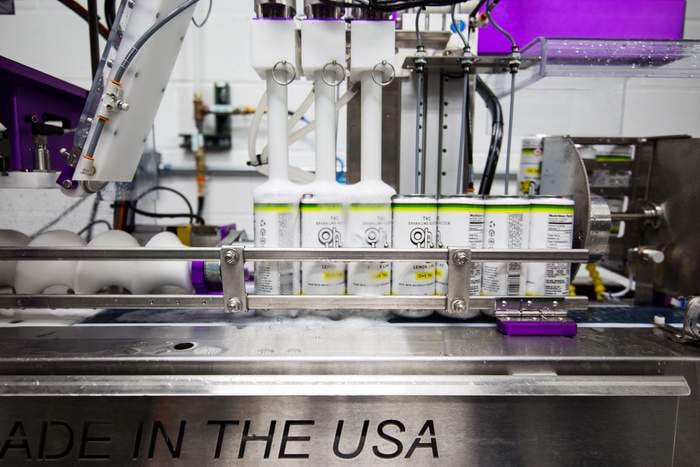
Oh Hi is one of the few water-soluble THC infused drinks on the American market. The goals for the founders was to create a high-quality, health-conscious cannabis product “to help you live your life to the fullest and use cannabis responsibly,” and in my opinion, they knocked it out of the park. The two that I tried were refreshing and fast acting yet subtle enough in effect where you could still live your life and communicate with people. And, to top it off, each can of seltzer contains only 20 to 25 calories, so I was able to still have fun and maintain my figure.
The experience made me wonder if I’d switch up my beer buying habits if I lived in an area where they were readily available, so I had to chat with Cofounder Matt Vincent to learn a little more about the venture and what opportunity he sees for the brand. The picture he paints is of a still-mysterious market opportunity that is ripe for a smart, nimble small-scale brand to jump in and win.
The process: get up and running quicker
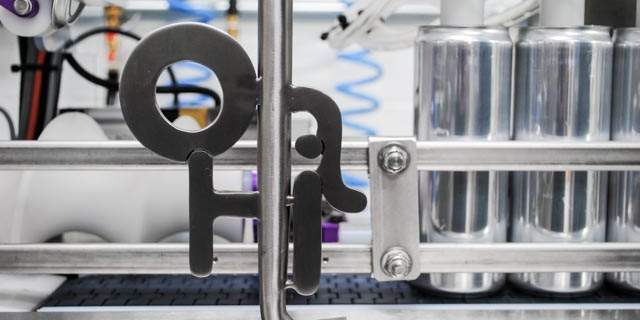
Since Vincent’s other company is Ska Fabricating, and although this is a separate entity, they were able to utilize internal resources to design and assemble a relatively affordable system.
“There were a lot of facility improvements that added to the overall price tag, but the equipment we put together was under $150,000. This includes everything from water treatment, mixing tank and chiller to the canning line.”
Making sparkling seltzers is an easier process than brewing beer, Vincent told us.
“It’s more akin to making soda than beer,” he said. “There isn’t a large amount of ingredients, and there is minimal batch time versus beer which has to sit in tanks for two to six weeks. We can turn a batch in as little as 24 hours. We are still in the market development stage so our production equipment is sized at 10-bbl batches. We can scale up as demand increases. Our current batch size is about 3,200 cans per run, and we can easily produce four of these per week.”
Distribution/regulatory hurdles
Those advantages are nice, but on the sales end, well, you thought beer distribution was a regulatory jumble. To start, Vincent said they will do some self-distribution locally and then look to other cannabis distribution companies to handle it as they grow.
“There aren’t any that are well suited for beverage distribution, so it will be a bit of a learning curve on everyone’s part,” he said. “The laws are also very different for cannabis in that we can’t just drive around and sell off the truck. We have to presell everything, and it all has to run through the state’s METRC system prior to leaving our premises.”
And new regulatory hurdles seem to appear every day.
“Laws are still being developed and change on a regular basis,” he said. “Durango Organics spent nearly two years in getting a manufacturer’s license and build-out of the facility. We also worked with another company to develop a Child Resistant lid for beverage cans. This was a large barrier to entry as there wasn’t an option on the market at the time of development. The CR lid is something that we will be developing and marketing to other cannabis beverage companies in the near future. … I don’t doubt that we will encounter new hurdles along the way.”
Market outlook: big chance for small players

The Oh Hi team doesn’t have set expectations for volumes just yet since the market is so new, and they are selling single units in a relatively young market segment. They smartly assume it will take some time to get rolling, but there are a lot of indicators that Cannabis beverages are slated to be the fasted growing segment in the industry.
“I think it might take a couple years for it to really start to see significant growth, but the potential is there,” Vincent said. “As we have seen there are big players getting into the game in Canada, so that is a pretty solid indicator that they are seeing trends and taking action. Seeing as we are in the age of all things crafted, the opportunity for a bunch of small players to get into prior to big guys jumping in is huge. With the advent of small scale packaging lines and short runs of decorated cans make for much lower barriers to entry allowing many players to easily get into the game.”
The million-dollar question
Does Vincent see more people like me who take a sip, rub their chin and then consider it as a replacement for beer?
“I certainly don’t want it to take away from or replace beer on a large scale, but I do think there are a handful of people that might lessen their consumption of alcohol,” Vincent posited. “As more and more people are starting to trend away from alcohol, it’s a great alternative to mentally altering your state of mind without the hangover the next day.
“For those entities that already have a MIP [Manufacturer of Infused Products], beverages could be another revenue stream that doesn’t require significant capital outlay or a large amount of square footage in an existing facility.”



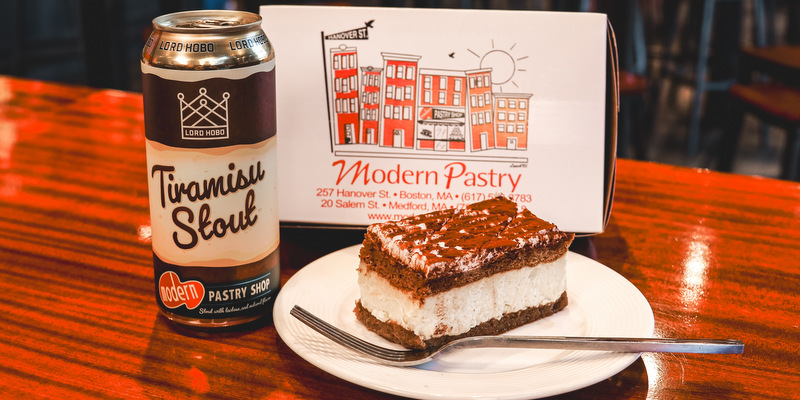
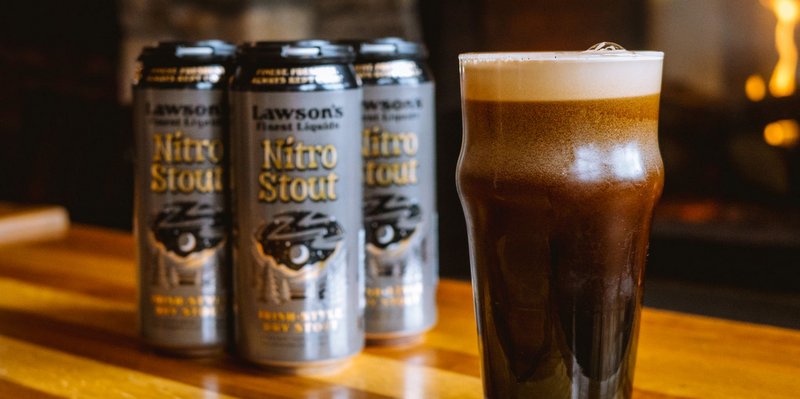

Tammy Zell says
Make it legal in Oh Hi Oh